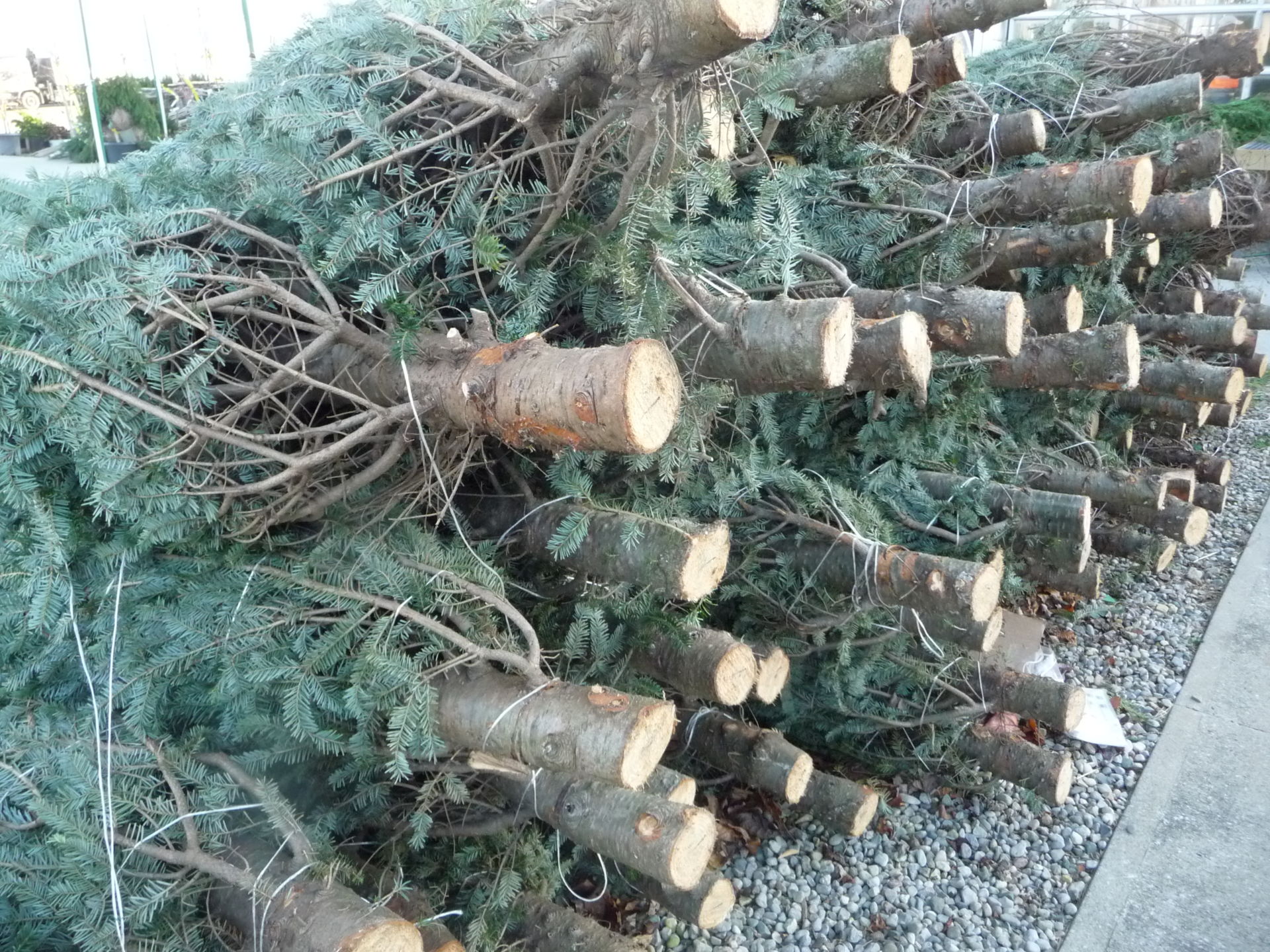Christmas Trees
Garden Clippings for Nov 28, 2020
Toilet paper, flour, canning jars and now Christmas trees. While it is too early to say for certain, a shortage is likely.
The pandemic is only partially to blame. Back in the economic slump of 2008 and 2009, many growers chose to cut back on planting new seedlings. And since it takes ten years to grow Christmas trees, it is impossible for tree farmers to do a quick turnaround.
Some suggest that since there will be no big parties this year, folks will dial down their decorating activities. Others are suggesting that since no one is flying south and fewer families are travelling to their relatives, folks are going to hunker down at home and decorate like never before.
To be safe, I would suggest getting the tree early. Bring it home and leave the tree outdoors in the shade until its time to bring the tree indoors. Make a fresh cut on the bottom and keep the basin of the tree stand full of water. You will be surprised how much the tree will drink, especially the first few days.
Balsam Fir and Frazer Fir continue to be most popular. A few decades ago, Scotch Pine were the number one tree, but many growers now prefer shorter needle varieties because they are easier to grow, wrap and ship. Homeowners are fine with short needled Fir, Balsam and Spruce because they are arrow-straight and decorations can hang in the tree rather than on the outside of the tree.
Canada’s biggest Christmas tree growers are found in Quebec, followed by Ontario and Nova Scotia. Much of the crop is destined for markets south of the border. The nicest fresh cut greens are grown in BC and shipped to the Eastern Provinces.
Scotch Pine are still number one rated for needle retention but keeping any tree in the house for more than two weeks will cause needles to drop. Short needled trees will drop some needles as soon as they are brought indoors but their small size makes for a simple vacuum cleaning job.
Needle retention is also affected by humidity levels in the home. Be sure to keep the basin full of water and do not place the tree near a heat register. Periodically misting the tree also helps.
Fresh cut festive greens are also expected to be in short supply. Factory assembled arrangements found in grocery and box stores are currently plentiful but could disappear quickly. For the crafty do-it-yourselfer, fresh cut evergreen stems are expected to run out earlier than normal.
Making your own festive arrangements is easier than you might think. There are plenty U-tube videos that will give step by step directions. And while commercially prepared cut greens are easy to use, don’t be afraid to prune the Junipers, Yews and Cedars that are in your own backyard.


